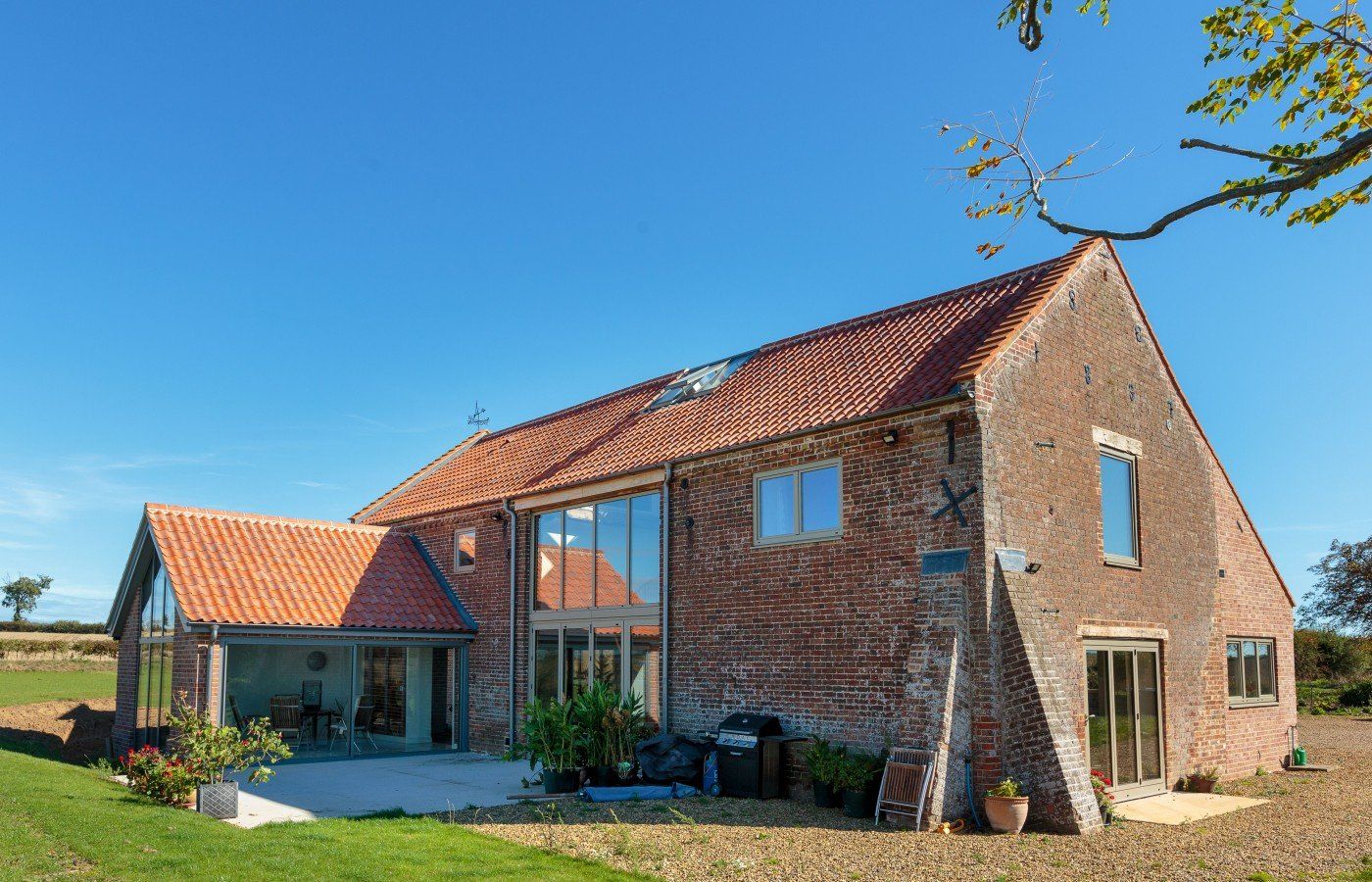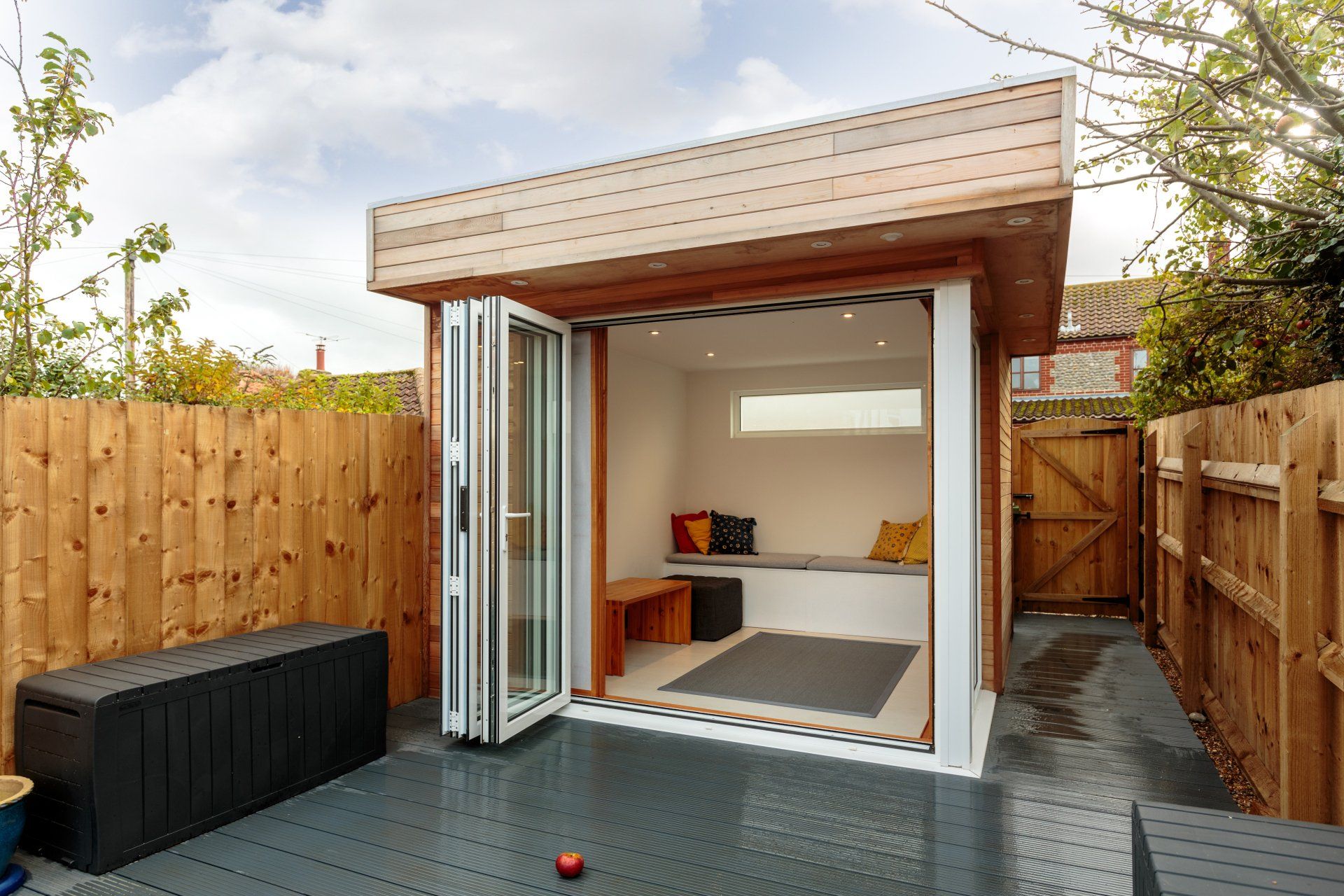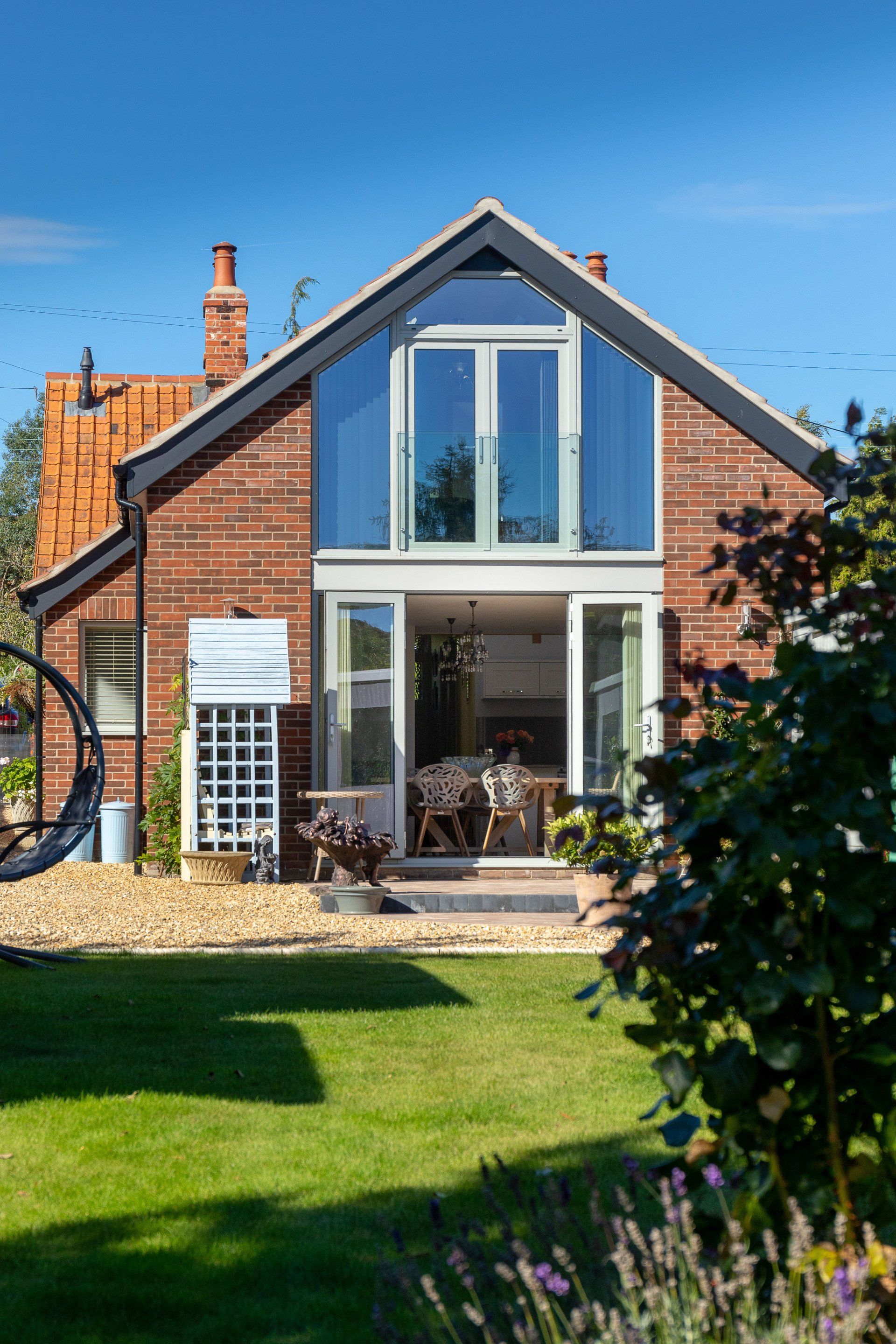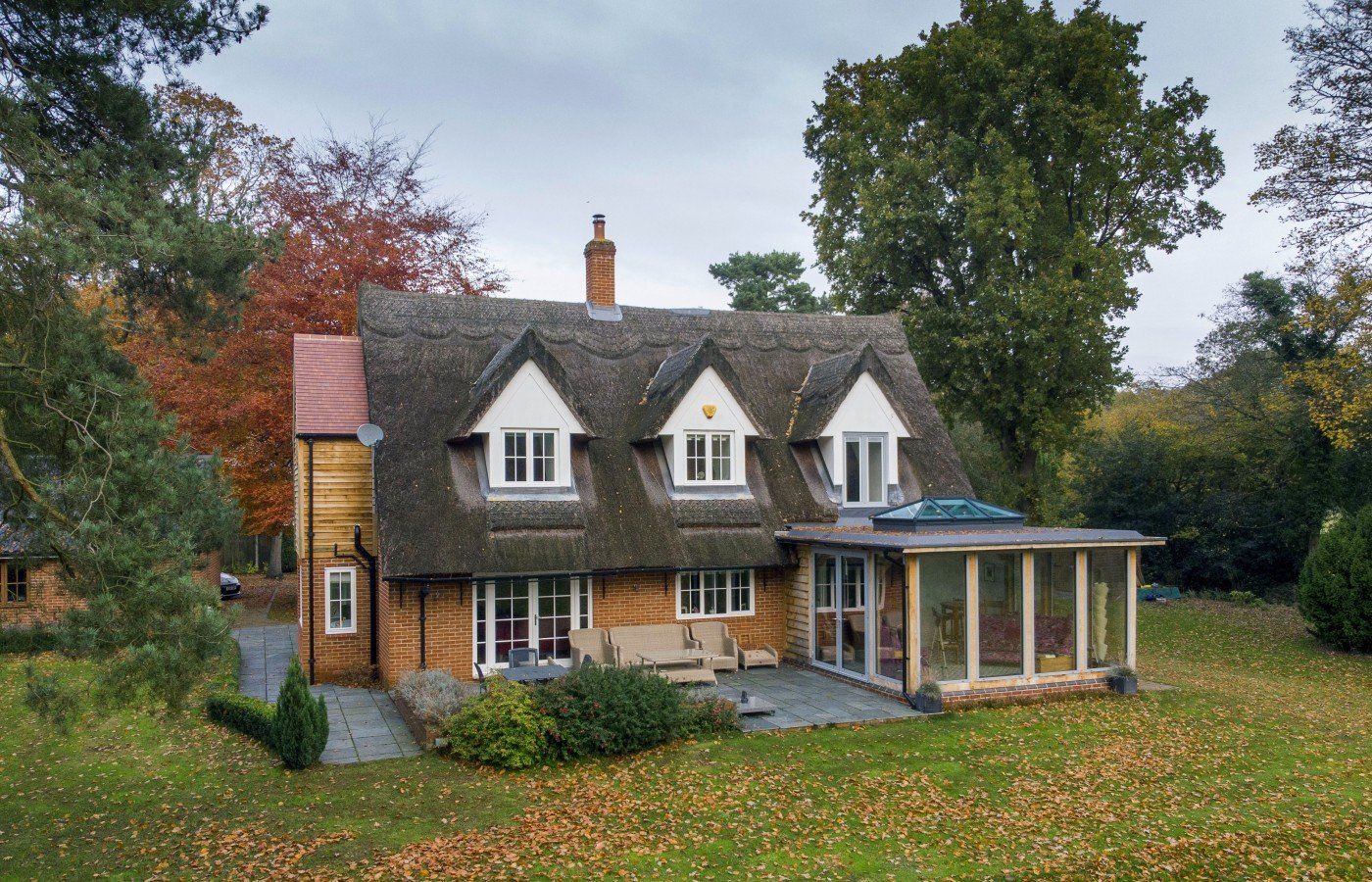Renovations vs. New Builds: What's Right for You?
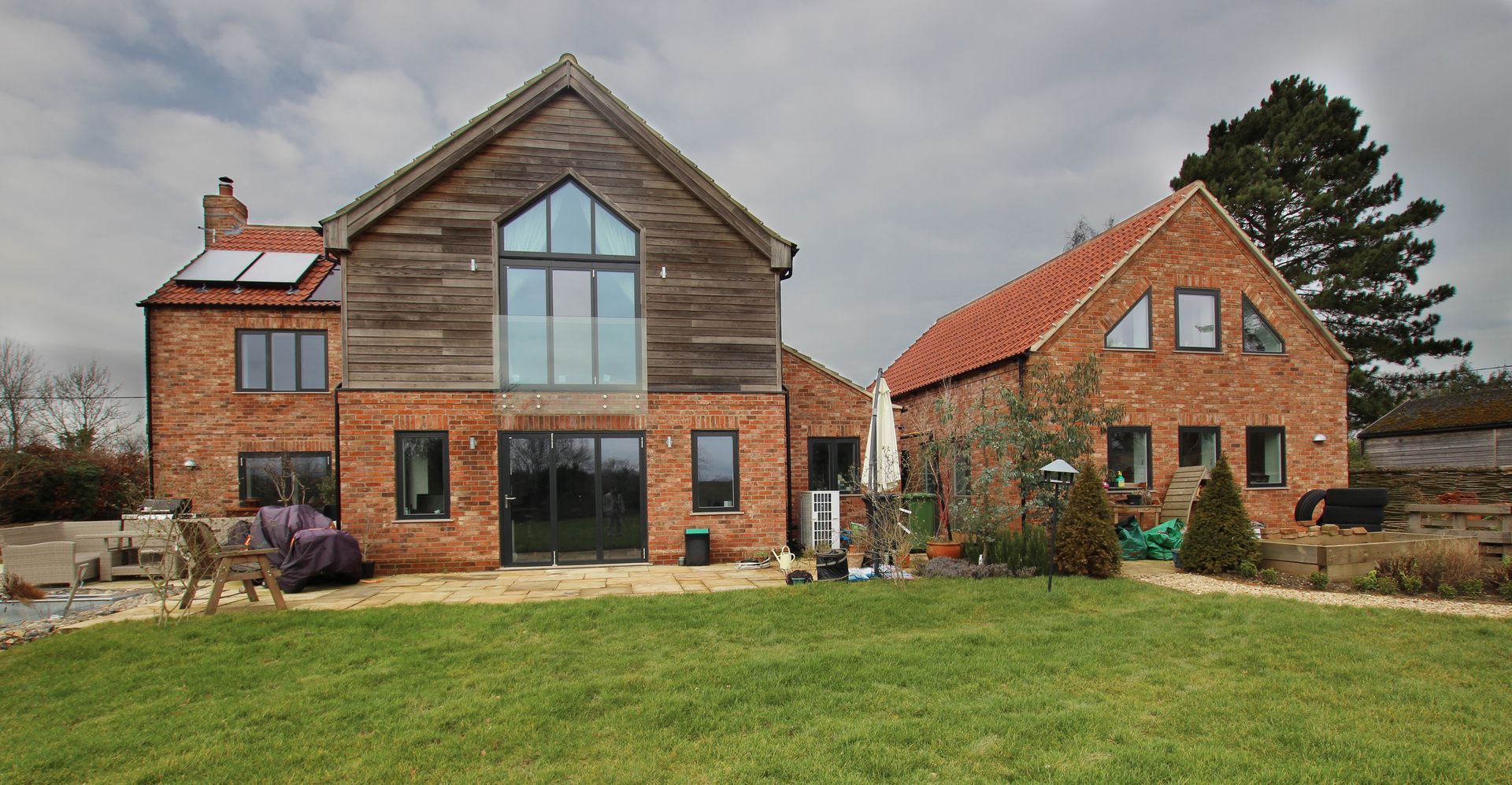
The decision to embark on a construction project, whether it's renovating an existing property or starting from scratch with a new build, is a significant one. It's not just about bricks and mortar; it's about envisioning the space you'll live or work in, considering your lifestyle or business needs, and making a choice that aligns with your goals. In this blog, we'll explore the age-old dilemma: renovations vs. new builds. We'll delve into the key factors to consider when making this decision and help you determine what's right for you.
Renovations: Breathing New Life into the Old
- Preservation Meets Transformation: Renovations offer a unique opportunity to breathe new life into a structure with history and character. Whether it's a historic home, a commercial building, or a personal project, renovations allow you to preserve the past while making the space more functional for the present.
- Sustainability and Cost-Effectiveness: Renovations can be a sustainable choice. By reusing existing materials and structures, you reduce the environmental impact of construction. Moreover, renovations often tend to be more cost-effective than building from the ground up.
- Personalization: Renovations allow you to put your personal stamp on a space. You can tailor the design to your specific needs, ensuring it aligns perfectly with your vision. Whether it's your forever home or your dream workspace, renovations offer a chance for customization.
- Challenges to Overcome: Renovations aren't without their challenges. Existing structures may have hidden issues that require costly repairs. The design may be constrained by the original layout. It's essential to have a skilled architect and builder to navigate these obstacles effectively.
New Builds: A Blank Canvas for Innovation
- Unlimited Possibilities: New builds offer a blank canvas for innovation. You're not bound by existing structures or layouts, allowing you to create a space that fulfils your vision without compromise. The possibilities are limited only by your imagination.
- Energy Efficiency and Modern Amenities: New builds can be designed with energy efficiency in mind, incorporating the latest technology and eco-friendly materials. They often come with modern amenities that make your life more convenient and comfortable.
- Long-Term Investment: If you're considering a property as a long-term investment, a new build can offer peace of mind. You won't have to worry about the hidden issues that can plague older structures, and you'll have a warranty that covers many aspects of the construction.
- Construction Timeline: New builds typically have more predictable construction timelines. With renovations, unexpected discoveries can lead to delays. A new build allows for better planning and scheduling.
How to Decide: The Key Considerations
Making the choice between a renovation and a new build depends on various factors:
- Budget: Consider your budget carefully. Renovations can be cost-effective, but unforeseen issues can increase expenses. New builds may have a higher upfront cost but fewer surprises.
- Location: The location of your project can greatly influence your decision. In areas with limited space or strict zoning regulations, renovations might be the more feasible option.
- Sustainability: If sustainability is a priority, renovations are often the eco-friendly choice. Reusing existing materials and structures reduces the environmental impact.
- Lifestyle or Business Needs: Your specific needs and preferences play a significant role. Think about how the space will be used and whether a renovation can accommodate those needs.
- Long-Term Goals: Consider your long-term goals for the property. If it's an investment or your forever home, the decision should align with your vision for the future.
- Expert Guidance: Consult with architects and builders experienced in both renovations and new builds. They can provide valuable insights and help you make an informed decision.
The Perfect Blend: Renovation and New Build
Sometimes, the ideal choice isn't purely a renovation or a new build. It's a blend of both. Renovating an existing structure and adding a new build extension can provide the best of both worlds. This approach allows you to preserve the charm of an old structure while incorporating modern amenities and innovations in a new build section.
Renovations and new builds each have their advantages and challenges. The decision ultimately depends on your unique circumstances, goals, and vision. Whether you choose to renovate an existing structure or embark on a new build, the key is to collaborate with experienced professionals who can turn your vision into a reality.
At SMG Architects, we understand that every project is unique. We provide personalised, residential architect services to help you make the right choice, whether it's breathing new life into an existing structure or creating something entirely new. Get in touch today to discuss your project, and let's bring your vision to life.
Read More
